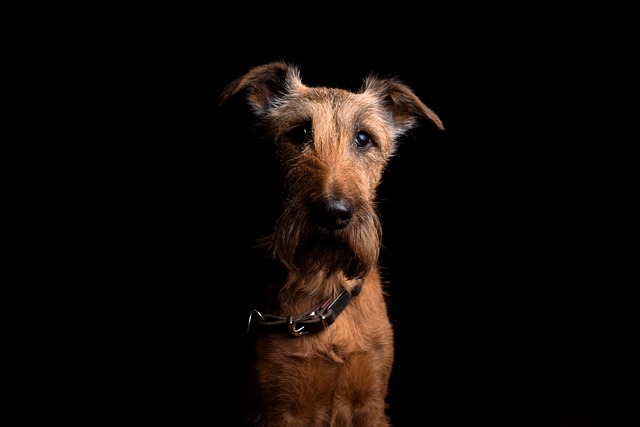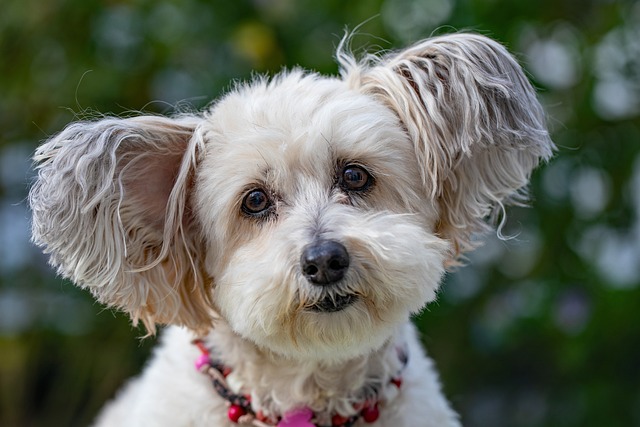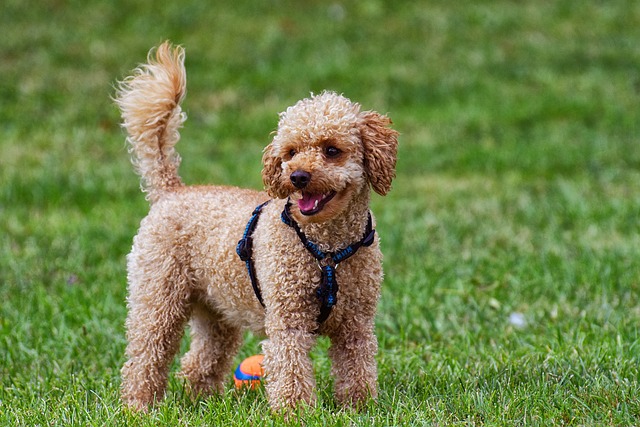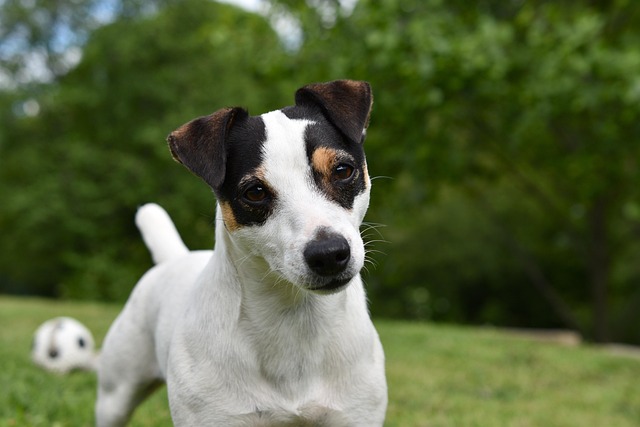
Is it dangerous for a dog to have respiratory disease?
Respiratory issues in dogs can range from mild sneezing fits after sniffing dusty grass to severe, life - threatening infections—and knowing the difference is key for every pet owner.
Respiratory disease in dogs covers a range of conditions that affect a pup’s breathing, from mild infections to serious chronic issues. Common signs include coughing, sneezing, labored breathing, or nasal discharge—symptoms that often get noticed during daily walks or playtime in the park. Many dog owners might brush off a small cough as a passing cold, but it’s important to act fast, especially since some respiratory issues can worsen quickly in breeds like pugs or bulldogs with shorter snouts.
In places where dog parks, daycares, or grooming salons are popular, respiratory diseases can spread easily through shared air or contact with contaminated toys. This is why following local pet health guidelines matters—some areas require up-to-date vaccinations for dogs in public spaces to prevent outbreaks. For example, the bordetella vaccine, often called the “kennel cough vaccine,” is a common requirement for dogs attending group activities, and skipping it could not only harm your pet but also violate local pet safety rules.
 When visiting the vet, be ready to share details about your dog’s daily routine, like whether they interact with other dogs or spend time in crowded areas. Vets might recommend tests like X-rays or blood work to find the root cause, and treatment can range from antibiotics for bacterial infections to inhalers for chronic conditions like asthma. It’s also key to avoid self-medicating—human cold meds can be toxic to dogs, and giving them without a vet’s okay could lead to more harm.
When visiting the vet, be ready to share details about your dog’s daily routine, like whether they interact with other dogs or spend time in crowded areas. Vets might recommend tests like X-rays or blood work to find the root cause, and treatment can range from antibiotics for bacterial infections to inhalers for chronic conditions like asthma. It’s also key to avoid self-medicating—human cold meds can be toxic to dogs, and giving them without a vet’s okay could lead to more harm.
Following local laws (dog ownership laws) isn’t just about avoiding fines; it’s about keeping your pet and the community healthy. Some cities have rules about reporting contagious pet illnesses to local animal control, which helps stop the spread to other dogs. Additionally, keeping your dog’s living area clean—regularly washing their bed, toys, and food bowls—can lower the risk of respiratory issues caused by dust, mold, or bacteria.
Caring for a dog with respiratory disease means being patient and consistent with treatment, but early detection is always the best defense. By staying aware of your dog’s breathing patterns, following local pet health rules, and visiting the vet at the first sign of trouble, you can help your furry friend stay happy and healthy for years to come. Remember, your vet is your best resource for understanding how to protect your dog from respiratory issues, so don’t hesitate to ask questions about prevention or care.

Respiratory issues in dogs can range from mild sneezing fits after sniffing dusty grass to severe, life - threatening infections—and knowing the difference is key for every pet owner.

You’ve seen your dog seek out the cool tile floor on a hot summer day, sprawled out to escape the heat. It makes you wonder if those advertised

Watching your loyal companion slow down as they enter their golden years can feel bittersweet, but with the right care

Coming home to a dog that’s muddy, shedding, or smells like wet grass can make even the coziest home feel messy.

Watching your once-energetic pup slow down as they age can make you wonder if their food is still meeting their needs.

Dog scratching nonstop, licking their paws raw, or developing red, bumpy patches often signals allergic skin disease—common triggers include pollen, dust mites, or even certain proteins in their food.